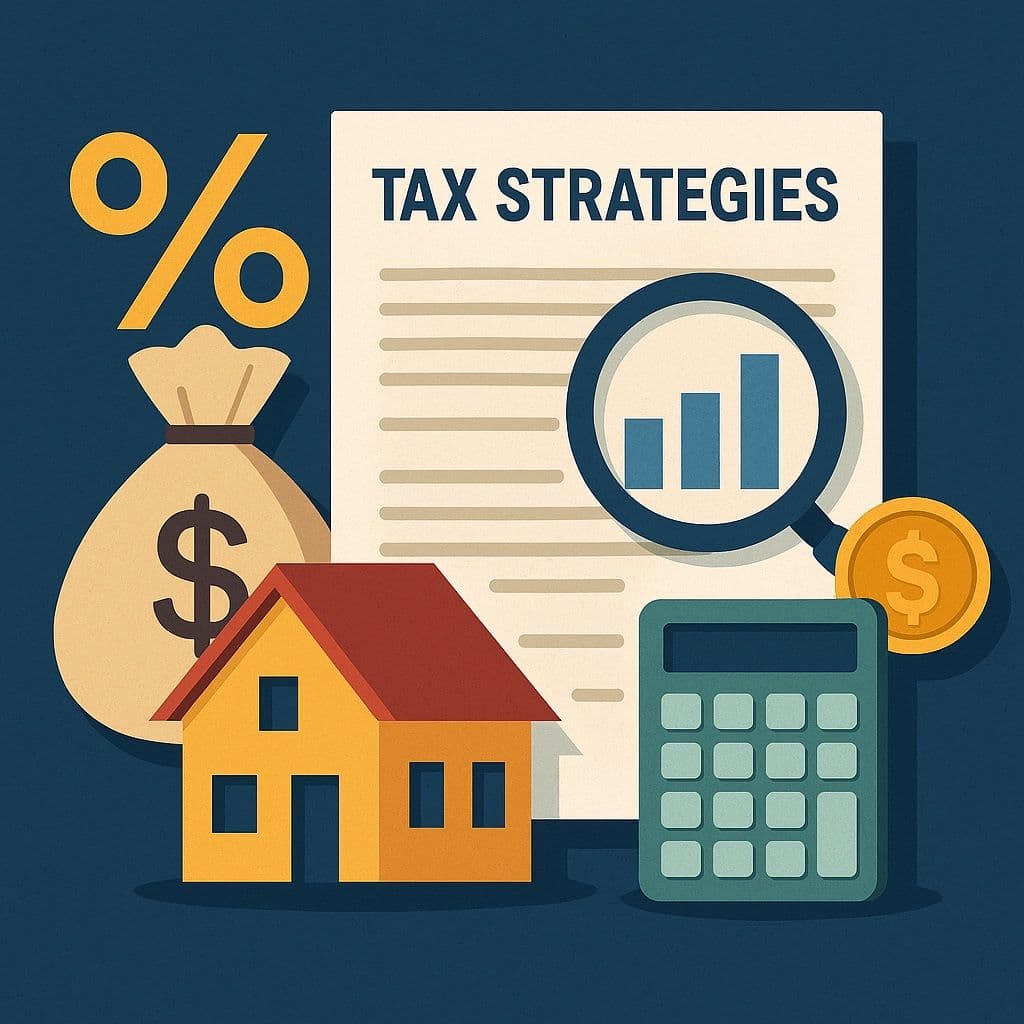Ask GRAI Anything
Your Real Estate Questions, Answered Instantly via Chat


Help us make GRAI even better by sharing your feature requests.

When most people think of real estate investing, they focus on monthly cash flow: that $200-300/month left over after paying your mortgage, taxes, and insurance. But savvy, high-income investors are playing a very different game.
They're not just buying for cash flow - they're buying for tax optimization.
This article applies primarily to U.S. investors, based on current IRS tax laws. We’ll be covering tax strategies in other regions like India, UAE, Australia, and Europe in upcoming articles.
If you earn $300,000 or more annually, your marginal tax rate could be north of 35%. That means every dollar of income saved through deductions is like earning $1.50+ elsewhere.
Enter cost segregation studies, a powerful tool that breaks a property into depreciable components (like appliances, flooring, HVAC, etc.) and accelerates the depreciation schedule.
With bonus depreciation provisions (still available for certain asset classes as of 2025), this strategy can result in tens of thousands of dollars in year-one tax savings.
Let’s compare two investors:
| Investor A | Investor B |
|---|---|
| Buys a $500K rental | Buys the same $500K rental |
| Claims straight-line depreciation over 27.5 years (~$18K/year) | Uses cost segregation + bonus depreciation to deduct $120K in year 1 |
| Saves ~$6,000 in taxes | Saves ~$42,000 in taxes (at 35% bracket) |
This difference alone can more than offset a modest cash flow gap.
Not exactly. Cost segregation benefits are largest when:
Your income is high (especially W-2 or active business income)
You're a real estate professional (for full deduction potential)
The property value is $500K or more
You plan to hold the asset for at least a few years
In addition to cost segregation, real estate offers:
Mortgage interest deduction
Property tax deduction
1031 exchanges to defer capital gains
Depreciation recapture deferral via 1031 or estate planning
Many of these can be stacked to dramatically reduce your tax burden.
Most investors struggle to model the combined impact of cash flow, appreciation, and tax benefits across multiple properties. That’s where GRAI, the Real Estate AI Advisor, is changing the game.
You can now:
Compare cash flow vs tax-adjusted returns
Simulate depreciation timelines and 1031 impact
Model how a cost segregation study changes your actual ROI
Optimize property selection based on your tax bracket
It’s not about a few hundred dollars a month. It’s about leveraging real estate to reduce your effective tax rate, reinvest your savings, and grow faster than traditional asset classes allow.
For high earners, this strategy isn’t optional. It’s the cornerstone of modern wealth acceleration.
Ready to see how your properties stack up? Try GRAI’s tax modeling features to make your next investment smarter, not just bigger.
Subscribe to GRAI for exclusive access to AI-powered tools that simplify tax planning, portfolio optimization, and wealth acceleration.
Interested in region-specific tax strategies? Stay tuned for our upcoming editions covering India, UAE, Singapore, Australia, and Europe.